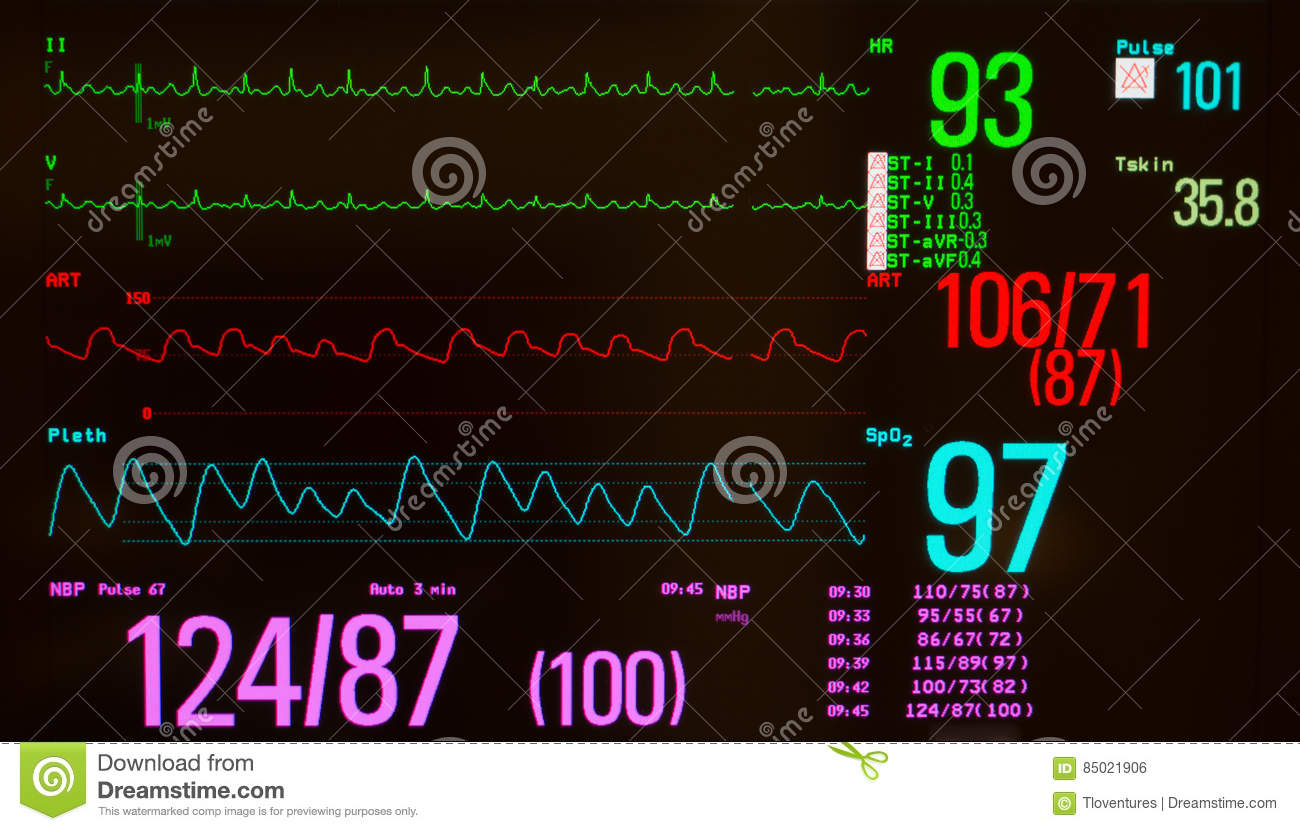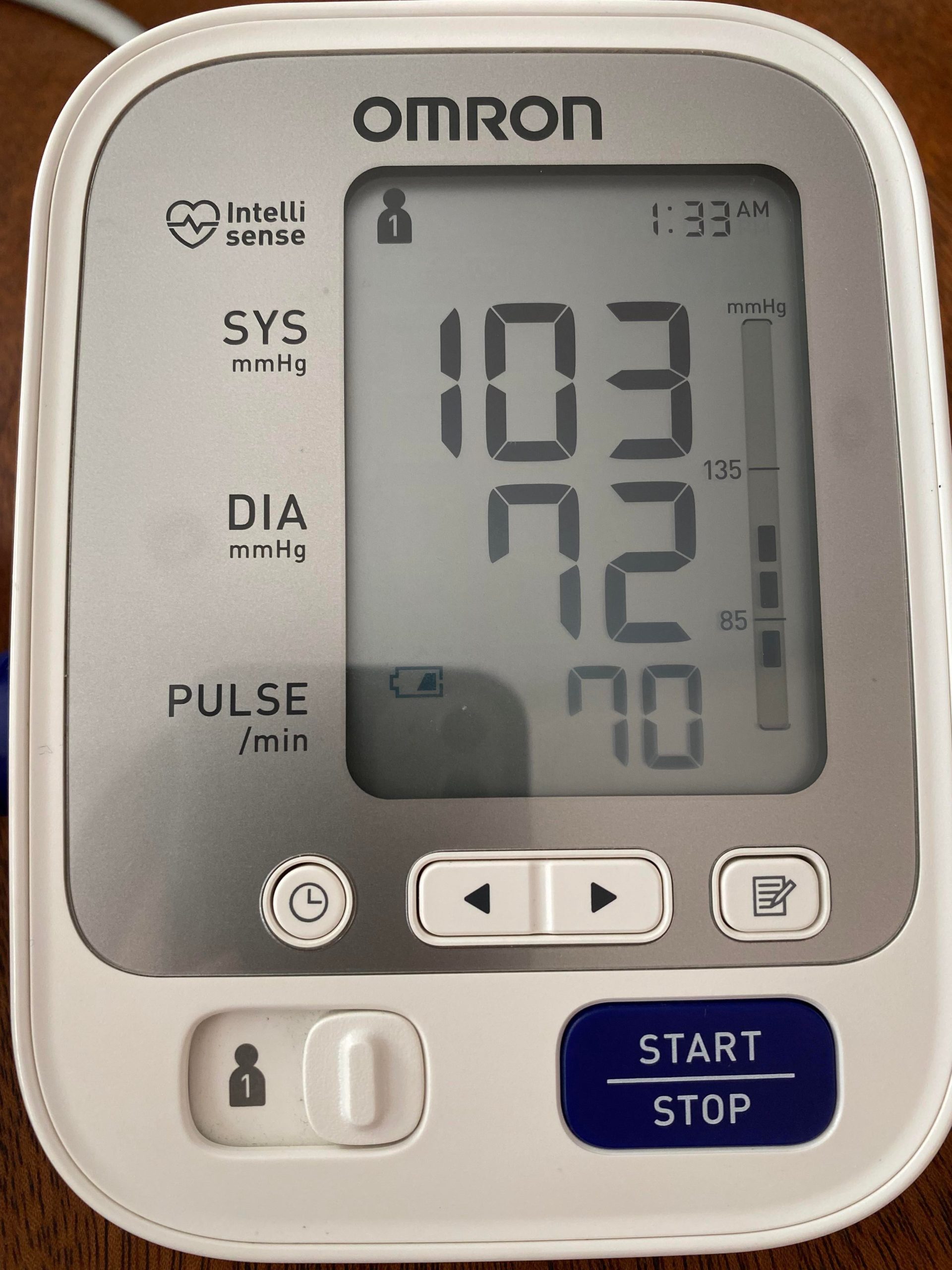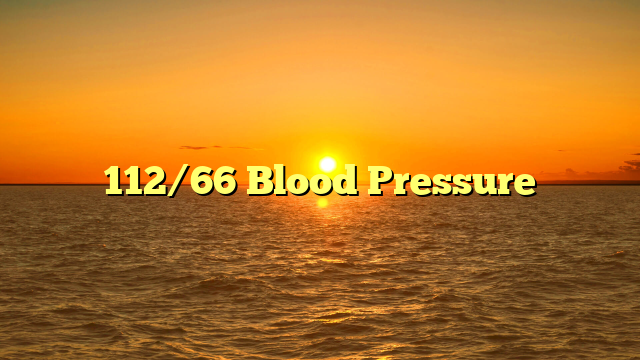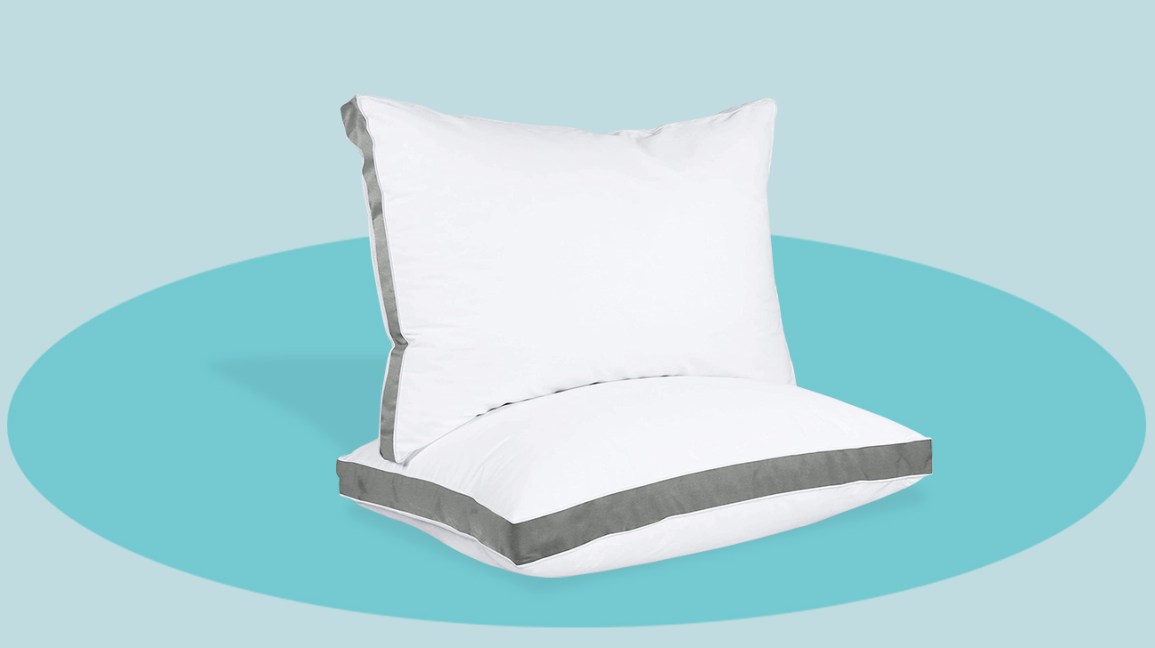Blood Pressure 106 71
When it comes to blood pressure, 106 over 71 is considered to be within the normal range. However, if this reading is consistently high, it could be a sign of hypertension. Hypertension is a serious condition that can lead to heart disease, stroke, and kidney failure.
If you have high blood pressure, it’s important to work with your doctor to find ways to lower it. There are many treatment options available, and the best one for you will depend on your individual situation.
If your blood pressure is 106/71, it means that your systolic blood pressure (the top number) is 106 and your diastolic blood pressure (the bottom number) is 71. A normal blood pressure reading is 120/80 or lower. So, your blood pressure is slightly elevated.
However, it’s not cause for concern unless it remains high over time.
What is a Normal Blood Pressure Reading?
Is 106 71 Blood Pressure Too Low?
If your blood pressure is 106/71, it is considered normal. Your blood pressure may fluctuate throughout the day, and can be affected by factors such as stress, exercise, and caffeine intake. If you are concerned about your blood pressure, please consult with a healthcare professional.
Is 106 Too Low for Blood Pressure?
If your blood pressure is 106/70 mmHg, it is considered normal. Anything below 120/80 mmHg is considered ideal.
The top number, called the systolic pressure, measures the force your heart exerts on the walls of your arteries each time it beats.
The bottom number, called the diastolic pressure, represents the force on artery walls between heartbeats.
Normal blood pressure for adults is generally in the range of 90/60 to 120/80 mmHg . Systolic blood pressure readings of less than 90mmHG or diastolic readings of 60mmHg or lower are generally considered low blood pressure or hypotension.
There are a variety of things that can cause low blood pressure such as dehydration from not drinking enough fluids, certain medications, endocrine disorders and pregnancy. In some cases, low blood pressure can be a sign of an underlying problem such as adrenal insufficiency (Addison’s disease),heart problems or shock.
Is 106 Over 70 a Good Blood Pressure Reading?
A blood pressure reading of 106 over 70 is considered to be in the normal range. However, if you are experiencing any symptoms such as headaches, dizziness, or shortness of breath, you should consult with your doctor to ensure that there is no underlying medical condition causing these symptoms.
Is 71 Too Low for Blood Pressure?
If your blood pressure reading is lower than 90/60mmHg, it is considered too low and can be a sign of hypotension. However, blood pressure varies from person to person, so what may be considered low for one person may not be for another. In general, if you experience symptoms such as dizziness or lightheadedness when your blood pressure is taken, it is likely too low.
If you have concerns about your blood pressure, speak with your doctor.
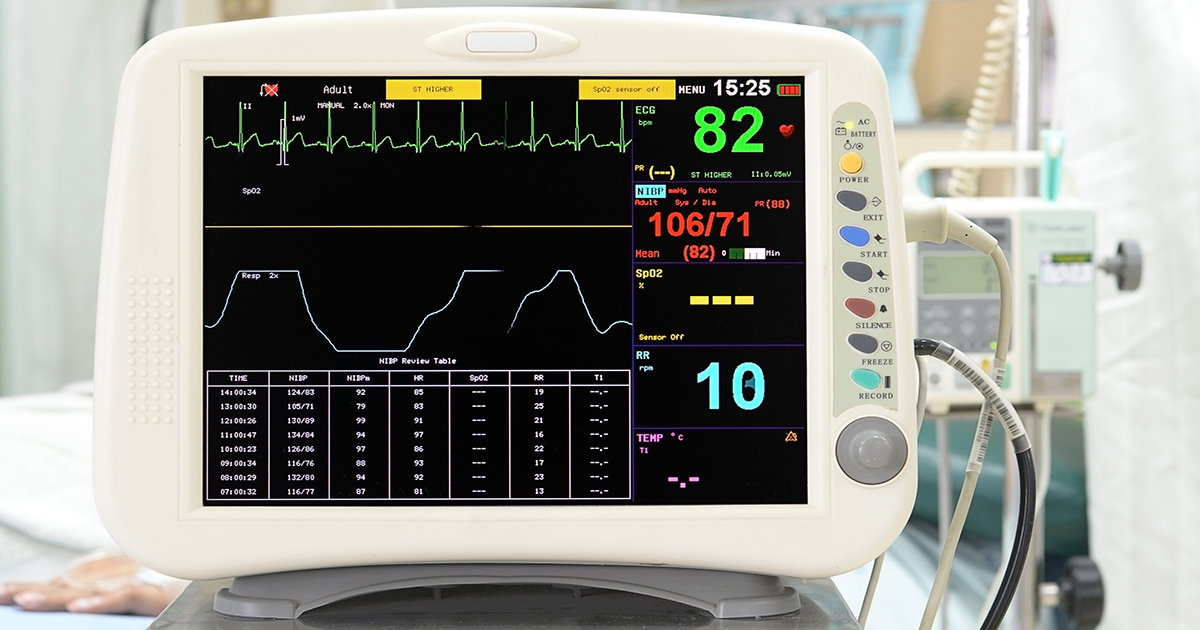
Credit: penntoday.upenn.edu
106/71 Blood Pressure Female
If your blood pressure is 106/71, it means that your systolic blood pressure (the top number) is 106 and your diastolic blood pressure (the bottom number) is 71. This reading is considered normal and healthy for most people. However, if you have a history of high blood pressure, you may need to take steps to lower your numbers.
A few lifestyle changes can help keep your blood pressure in check, including eating a healthy diet, maintaining a healthy weight, and exercising regularly. If you smoke, quitting smoking is also important for keeping your blood pressure down. If you have any concerns about your blood pressure or are not sure how to make lifestyle changes to improve it, be sure to talk to your doctor.
106/71 Blood Pressure Pregnant
If you’re pregnant and have a blood pressure reading of 106/71, it’s considered normal. However, if your readings are consistently high, you may be diagnosed with gestational hypertension. This is when pregnancy-related high blood pressure develops after the 20th week of gestation.
While gestational hypertension itself isn’t harmful, it can lead to preeclampsia – a serious condition that can threaten both mother and baby. If you’re diagnosed with gestational hypertension, your doctor will closely monitor your condition and may recommend bed rest or other measures to help keep your blood pressure under control.
106 Over 70 Blood Pressure Normal
As you age, your blood pressure naturally starts to rise. That’s because the force of blood against your artery walls increases as your heart pumps harder and your arteries become stiffer and narrower.
High blood pressure is defined as a reading above 140/90 mmHg (millimeters of mercury).
If you have high blood pressure, you have an increased risk of developing serious health conditions such as heart disease, stroke, and kidney disease.
Fortunately, there are things you can do to lower your blood pressure. Lifestyle changes such as eating a healthy diet, maintaining a healthy weight, getting regular exercise, and reducing stress can all help to keep your blood pressure in check.
In some cases, medication may also be necessary.
If you’re over 70 years old and have been diagnosed with high blood pressure, it’s important to work with your doctor to develop a treatment plan that will keep your blood pressure under control and reduce your risk of developing complications.
Blood Pressure by Age
What is blood pressure? Blood pressure is the force of your blood pushing against the walls of your arteries. Each time your heart beats, it pumps out blood into the arteries.
Your blood pressure is highest when your heart beats, pumping the blood. This is called systolic pressure. When your heart rests between beats, it fills with blood and expands.
This is called diastolic pressure.
Your blood pressure changes from minute to minute and normally shows a slight drop at night while you sleep. A single high reading does not necessarily mean that you have high blood pressure (hypertension).
Many factors can temporarily cause an elevation in your readings, such as eating, exercise, anxiety or stress. If repeated readings taken over a period of time show consistently high numbers, then it’s likely you have hypertension.
What’s considered normal blood pressure by age?
The table below shows different categories for classifyingbloodpressure according to how healthy or unhealthy it is for someone of a specific age group.*
Normal: Less than 120/80 mm Hg
Elevated: Systolic between 120-129 and diastolic less than 80 mm Hg
Stage 1 hypertension: Systolic between 130-139 or diastolic between 80-89 mm Hg
Stage 2 hypertension: Systolic 140 or higher OR diastolic 90 or higher
*All adults aged 18 years and older should aim for a systolic BP below 120 mmHgto reduce their risk of cardiovascular disease to less than half.*
Diastolicshould also be below 80mmHgin people of all ages to reduce CVD risk by more than two-thirds** ***The only exception are people aged 60 yearsand older who may need higher targetdiastolics(up to85mmHg) because systolichypertensionis more common in this age group and often leads to difficult-to-treat hypotension (low BP).**** ****In addition, all hypertensive patients – regardless ofage – should have theirlifestylemodified as much as possible throughweight reduction if obese/overweight(BMI≥25kg/m2), smoking cessation , increased physical activity , moderate alcohol intake (<21 drinks/week for men; <14 drinks/weekfor women), sodium restriction (<2300mg per day), and DASH diet adherence .
Normal Blood Pressure
Your blood pressure is considered normal if it’s below 120/80 mmHg. If your blood pressure readings are consistently above that level, you may have high blood pressure, or hypertension.
One in three American adults has high blood pressure, according to the Centers for Disease Control and Prevention (CDC).
Yet only about half of these people have their condition under control.
If your systolic blood pressure (the top number) is between 120 and 129, and your diastolic blood pressure (the bottom number) is less than 80, you have elevated blood pressure. This means that your heart is working harder than it should to pump blood through your body.
But this isn’t yet considered high blood pressure.
High blood pressure is defined as having a systolic reading of 130 or higher, or a diastolic reading of 80 or higher, that stays high over time. You can have high systolic pressure with normal diastolic Pressure , called isolated systolic hypertension .
Or you can have low systolic Pressure with high diastolic Pressure , called isolated diastolic hypertension . Most people with hypertension will have both numbers raised .
Even if your numbers aren’t yet in the hypertensive range , having prehypertension puts you at increased risk for developing full-blown hypertension as well as other cardiovascular problems in the future .
That’s why it’s important to take steps to lower yourbloodpressureif it falls into this category.
Prehypertension: What Is It and What Can You Do About It?
110/70 Blood Pressure Female
A normal blood pressure reading is lower than 120/80. The top number, or systolic pressure, measures the pressure in your arteries when your heart beats. The bottom number, or diastolic pressure, is the pressure in your arteries between beats.
If either of these numbers is too high, it means you have high blood pressure (hypertension).
If your blood pressure is consistently above 140/90 (or 150/90 if you’re over age 60), you have stage 2 hypertension. This puts you at increased risk for serious health problems, including heart disease and stroke.
There are many possible causes of high blood pressure, but often it’s related to an underlying condition such as kidney disease or diabetes. In some cases, there may not be a known cause. This is called essential hypertension.
Conclusion
If your blood pressure is 106 over 71, it means that the force of your blood against the walls of your arteries is 105. This is a normal reading and nothing to worry about.
{ “@context”: “https://schema.org”, “@type”: “FAQPage”, “mainEntity”:[{“@type”: “Question”, “name”: “Is 106 71 Blood Pressure Too Low? “, “acceptedAnswer”: { “@type”: “Answer”, “text”: ” If your blood pressure is 106/71, it is considered normal. Your blood pressure may fluctuate throughout the day, and can be affected by factors such as stress, exercise, and caffeine intake. If you are concerned about your blood pressure, please consult with a healthcare professional.” } } ,{“@type”: “Question”, “name”: “Is 106 Too Low for Blood Pressure? “, “acceptedAnswer”: { “@type”: “Answer”, “text”: ” If your blood pressure is 106/70 mmHg, it is considered normal. Anything below 120/80 mmHg is considered ideal. The top number, called the systolic pressure, measures the force your heart exerts on the walls of your arteries each time it beats. The bottom number, called the diastolic pressure, represents the force on artery walls between heartbeats. Normal blood pressure for adults is generally in the range of 90/60 to 120/80 mmHg . Systolic blood pressure readings of less than 90mmHG or diastolic readings of 60mmHg or lower are generally considered low blood pressure or hypotension. There are a variety of things that can cause low blood pressure such as dehydration from not drinking enough fluids, certain medications, endocrine disorders and pregnancy. In some cases, low blood pressure can be a sign of an underlying problem such as adrenal insufficiency (Addison’s disease),heart problems or shock.” } } ,{“@type”: “Question”, “name”: “Is 106 Over 70 a Good Blood Pressure Reading? “, “acceptedAnswer”: { “@type”: “Answer”, “text”: ” A blood pressure reading of 106 over 70 is considered to be in the normal range. However, if you are experiencing any symptoms such as headaches, dizziness, or shortness of breath, you should consult with your doctor to ensure that there is no underlying medical condition causing these symptoms.” } } ,{“@type”: “Question”, “name”: “Is 71 Too Low for Blood Pressure? “, “acceptedAnswer”: { “@type”: “Answer”, “text”: ” If your blood pressure reading is lower than 90/60mmHg, it is considered too low and can be a sign of hypotension. However, blood pressure varies from person to person, so what may be considered low for one person may not be for another. In general, if you experience symptoms such as dizziness or lightheadedness when your blood pressure is taken, it is likely too low. If you have concerns about your blood pressure, speak with your doctor.” } } ] }119 76 Blood Pressure
The top number, called the systolic pressure, represents the pressure when your heart beats and pumps blood. The bottom number, called the diastolic pressure, represents the pressure when your heart rests between beats. Your blood pressure is considered high if it’s consistently above 140/90 mmHg.
High blood pressure usually doesn’t have symptoms, so it can go unnoticed until it causes problems such as heart disease or stroke. If you have high blood pressure, you can lower it by making lifestyle changes and taking medication.
If you have high blood pressure, or hypertension, you may be wondering what the numbers on your blood pressure readings mean. The top number, or systolic pressure, is the amount of pressure in your arteries when your heart contracts and pumps blood through your body. The bottom number, or diastolic pressure, is the amount of pressure in your arteries when your heart is at rest between beats.
Normal blood pressure is a systolic reading of less than 120 and a diastolic reading of less than 80. If either of these numbers is higher, you have high blood pressure. High blood pressure puts you at risk for serious health problems like heart disease and stroke, so it’s important to get it under control.
There are a few things you can do to lower your blood pressure: exercise regularly, eat a healthy diet rich in fruits and vegetables, maintain a healthy weight, limit salt intake, and avoid tobacco use. If lifestyle changes aren’t enough to lower your blood pressure to a healthy level, medication may be necessary. Work with your doctor to find the best treatment plan for you.
What is a Normal Blood Pressure Reading?
Is 118 76 A Good Blood Pressure?
It’s normal for blood pressure to fluctuate throughout the day, and it can be affected by factors like stress, caffeine intake, exercise, and dehydration. That said, 118/76 is considered a healthy blood pressure reading.
Is 120 76 A Good Blood Pressure?
There is no one definitive answer to this question as blood pressure is unique to each individual. However, according to the American Heart Association, a reading of 120/76 is considered normal blood pressure.
Is 76 a Good Blood Pressure?
No definitive answer exists as to what blood pressure is considered “good.” However, according to the American Heart Association (AHA), a reading of less than 120/80 mmHg is ideal. Anything above that range is considered elevated and, depending on how high the numbers are, can be indicative of different stages of hypertension.
That said, a single blood pressure reading of 76 is not enough information to make any conclusions about one’s overall health.
Is 118 75 A Good Blood Pressure?
A blood pressure reading of 118/75 is considered to be within the “normal” range. This means that your blood pressure is not too high or too low and is unlikely to cause any health problems. However, it’s still important to monitor your blood pressure levels and see a doctor if you have any concerns.
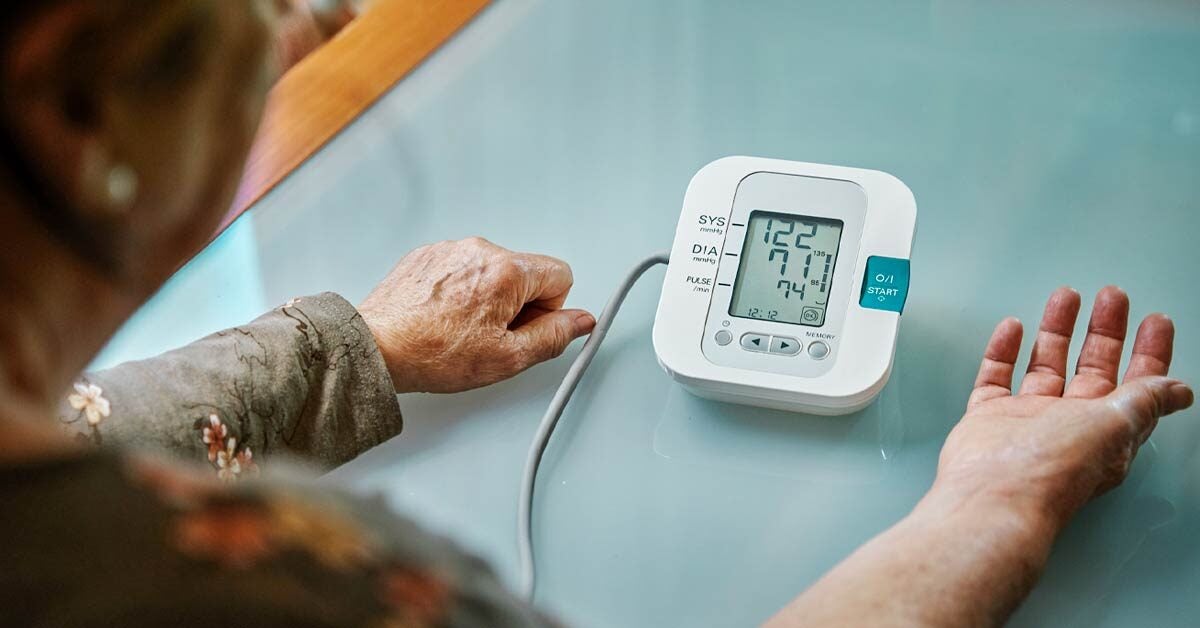
Credit: www.healthline.com
119/76 Blood Pressure Good Or Bad
Your blood pressure reading of 119/76 is in the normal or optimal range. This means that your heart is pumping blood at a healthy rate and your blood vessels are resisting the force of blood flow well. maintain a healthy lifestyle to keep your blood pressure in this range.
119/76 Blood Pressure Pregnant
If you’re pregnant and have a blood pressure reading of 119/76, don’t panic! This is considered to be within the “normal” range for pregnancy. However, it’s still important to monitor your blood pressure throughout your pregnancy, as high blood pressure can be a sign of preeclampsia (a serious condition that can occur during pregnancy).
So if you have any concerns, be sure to speak with your doctor or midwife.
What is a Dangerous Low Blood Pressure for a Woman
When it comes to blood pressure, there is no one-size-fits-all. What is considered low blood pressure for one person may be considered high blood pressure for another. That said, there are some general guidelines doctors use to help determine if someone’s blood pressure is too low.
For adults, a systolic blood pressure (the top number) of less than 90 millimeters of mercury (mm Hg) or a diastolic blood pressure (the bottom number) of less than 60 mm Hg is generally considered dangerous.
For women, the numbers may be slightly different. A study published in the journal Hypertension found that for postmenopausal women, a systolic blood pressure of less than 100 mm Hg was associated with an increased risk of death from cardiovascular disease and other causes.
And a diastolic blood pressure of less than 70 mm Hg was associated with an increased risk of death from all causes.
If you think your blood pressure may be dangerously low, it’s important to see a doctor right away. Low blood pressure can cause lightheadedness, dizziness, and even fainting.
It can also lead to serious complications like shock and heart failure if left untreated.
110/60 Blood Pressure Female
Your blood pressure is said to be “normal” if it’s below 120/80. From age 20, women’s risk of cardiovascular disease (which includes heart attacks and strokes) begins to rise. A woman’s chance of having a heart attack or stroke doubles each decade after age 55.
And for women over 65, the rate is three times that of men the same age. So it’s important to know your numbers and take steps to keep your blood pressure in check as you get older.
For most people, blood pressure tends to increase with age, mainly because the arteries stiffen and narrow with time.
This raised blood pressure puts extra strain on your heart and vessels, which can lead to a host of problems such as heart attacks and strokes.
So what should you do if your blood pressure is getting up there? First, don’t panic!
Many things can affect your readings, such as how active you are that day or whether you just had a big meal. If your number is consistently high—say, 140/90 or higher—make an appointment with your doctor to discuss treatment options. They may recommend lifestyle changes like exercise and eating a healthier diet, or they may prescribe medication to help lower your blood pressure.
How to Lower Blood Pressure
If you’re one of the millions of Americans with high blood pressure, there are things you can do to lower it. High blood pressure, also called hypertension, puts strain on your arteries and heart. Over time, this can lead to serious health problems such as heart disease and stroke.
There are many different ways to lower blood pressure. Some people may need medication while others may be able to make lifestyle changes that will help. Here are some things you can do to lower your blood pressure:
-Exercise regularly. Exercise is a great way to reduce stress and tension which can contribute to high blood pressure. -Eat a healthy diet.
A diet rich in fruits, vegetables, and whole grains can help keep your blood pressure down. Avoid processed foods, salt, and saturated fats. -Reduce stress levels.
Stress can cause your blood pressure to rise so finding ways to relax and de-stress is important. -Quit smoking cigarettes. Smoking is a major risk factor for high blood pressure so quitting is essential for lowering your numbers.
Making even small changes in your lifestyle can have a big impact on your blood pressure readings so don’t hesitate to get started today!
Normal Blood Pressure
Your blood pressure is considered normal if it’s below 120/80 mm Hg. If your blood pressure is above this level, you may have high blood pressure (hypertension). Normal blood pressure is essential to life because it forces blood through your arteries to deliver oxygen and nutrients to the rest of your body.
High blood pressure is a major risk factor for heart disease, stroke, and kidney disease. That’s why it’s important to keep your blood pressure under control. You can do this by eating a healthy diet, maintaining a healthy weight, getting regular exercise, and avoiding tobacco use.
Conclusion
High blood pressure, also known as hypertension, is a common condition in which the force of your blood against your artery walls is too high. Blood pressure is measured in two numbers, systolic and diastolic. Systolic is the top number and measures the pressure when your heart beats.
Diastolic is the bottom number and measures the pressure when your heart rests between beats.
If left untreated, high blood pressure can lead to serious health problems such as stroke, heart disease, or kidney failure. There are many things you can do to lower your blood pressure, including eating a healthy diet, exercising regularly, and reducing stress.
112/66 Blood Pressure
An individual’s blood pressure is determined by the amount of blood their heart pumps and the resistance to blood flow in their arteries. The top number, systolic pressure, represents the pressure in the arteries when the heart contracts. The bottom number, diastolic pressure, represents the pressure in the arteries between beats.
A normal blood pressure reading is 112/66 mmHg and anything above this is considered high. High blood pressure puts extra strain on your heart and vessels, and can lead to a heart attack or stroke. There are a variety of lifestyle changes you can make to lower your blood pressure, such as eating a healthy diet, reducing salt intake, and getting regular exercise.
If you have a blood pressure reading of 112/66, that means your systolic blood pressure (the top number) is 112 and your diastolic blood pressure (the bottom number) is 66. A normal blood pressure is considered to be 120/80 or lower. So, a reading of 112/66 would be considered slightly elevated.
While it’s not cause for alarm, it is something to keep an eye on. If your readings continue to be high, you may need to make some lifestyle changes or start taking medication.
What is a Normal Blood Pressure Reading?
Is 112 Too Low for Blood Pressure?
No, 112 is not too low for blood pressure. In fact, it is considered to be within the normal range. Blood pressure is a measure of the force that your heart pumps blood through your body.
The systolic number (the top number) measures the force when your heart contracts and pump blood out. The diastolic number (the bottom number) measures the force when your heart relaxes between beats and fills back up with blood. A normal blood pressure reading should fall below 120/80 mmHg.
Is 66 Too Low for Blood Pressure?
No, 66 is not too low for blood pressure. In fact, blood pressure varies throughout the day and can be affected by a number of factors, so it is not unusual for it to fluctuate. However, if you are concerned about your blood pressure, you should speak to your doctor.
What is Dangerously Low Blood Pressure?
Hypotension, or low blood pressure, is a condition in which blood flow through the arteries is abnormally low. Blood pressure is measured by two numbers: the systolic (top) number, which measures the pressure when your heart contracts and pumps blood through your body, and the diastolic (bottom) number, which measures the pressure when your heart relaxes between beats. A normal blood pressure reading is 120/80 mmHg.
Hypotension can be dangerous because it means that not enough oxygen-rich blood is reaching your organs and tissues. This can cause dizziness, lightheadedness, fainting, and even shock. If you have hypotension, it’s important to see a doctor so that the cause can be identified and treated.

Credit: apps.apple.com
112 Over 66 Blood Pressure is That Normal
If you have a blood pressure reading of 112 over 66, is that considered normal? The answer may surprise you.
While a blood pressure reading of 112 over 66 is lower than the 120/80 that is typically considered normal, it is still within the range of what is considered normal.
So, if your blood pressure is 112 over 66, don’t worry – you’re not out of the normal range.
However, it is worth keeping an eye on your blood pressure readings. If your readings start to consistently fall outside of the normal range (either higher or lower), it could be an indication of a more serious problem and you should speak to your doctor about it.
112 66 Blood Pressure Pregnant
If you’re pregnant, your blood pressure will be monitored at every prenatal visit. A reading of less than 120/80 mmHg is considered normal. If your blood pressure is consistently above this level, you may have gestational hypertension, which can put you and your baby at risk for complications.
Gestational hypertension is defined as high blood pressure that develops after 20 weeks of pregnancy. It can occur with or without protein in the urine (proteinuria). Gestational hypertension usually goes away after delivery, but it can lead to preeclampsia, a serious condition that can threaten the lives of both mother and child.
Preeclampsia is characterized by high blood pressure and proteinuria. It typically happens after 37 weeks of pregnancy and can cause serious health problems for both mother and child if not properly managed. Preeclampsia can progress to eclampsia, a life-threatening condition that causes seizures.
If you have gestational hypertension or preeclampsia, your healthcare provider will closely monitor you and your baby throughout your pregnancy. You may need to be on bed rest or hospitalized to help manage your condition. In severe cases, early delivery may be necessary to protect the health of both mother and child.
Blood Pressure by Age
When it comes to blood pressure, age is an important factor to consider. As we age, our blood vessels and arteries harden and become less flexible. This can cause an increase in blood pressure.
There are a few things we can do to help keep our blood pressure in check as we age. Eating a healthy diet and maintaining a healthy weight are two key factors. Exercise is also important for keeping our blood vessels and arteries healthy.
If you have high blood pressure, there are medications that can help lower it. However, lifestyle changes are always the best first step in managing any health condition.
112/66 Blood Pressure Child
High blood pressure is a common condition that affects children. According to the Centers for Disease Control and Prevention (CDC), about 1 in every 9 children has high blood pressure.
High blood pressure can lead to serious health problems, including heart disease and stroke.
That’s why it’s important to get your child’s blood pressure checked regularly by a doctor or nurse.
If your child has high blood pressure, there are things you can do to help lower it. These include:
*Encouraging your child to eat a healthy diet that is low in salt and fat
*Helping your child maintain a healthy weight
*Encouraging your child to be physically active
Normal Blood Pressure
What is normal blood pressure? The answer may not be as simple as you think.
For most people, normal blood pressure is defined as a reading of less than 120/80 mmHg.
However, there is a growing body of evidence that suggests that for some people, particularly those over the age of 60, a higher systolic blood pressure (the top number in a reading) may actually be associated with better health outcomes. This so-called “U-shaped” relationship between blood pressure and health has been observed in several large studies and appears to be independent of other risk factors such as smoking, cholesterol levels, and diabetes.
So what does this mean for you?
If you are over 60 and have consistently high blood pressure readings (systolic greater than 140), you should discuss this with your doctor. It may be that your blood pressure is not actually indicative of poor health and that no treatment is necessary. On the other hand, if you have high blood pressure and are also experiencing symptoms such as chest pain or shortness of breath, it’s important to seek medical attention right away as these could be signs of a more serious condition.
112/66 Blood Pressure Nhs
If your blood pressure is consistently above 140/90 (or if it’s above 130/80 and you have diabetes or kidney disease), then you have high blood pressure. High blood pressure increase your risk of having a stroke, heart attack or kidney disease. There are usually no symptoms of high blood pressure, so it’s important to get your blood pressure checked regularly.
If your blood pressure is consistently below 120/80, then you have low blood pressure. Low blood pressure isn’t usually a cause for concern, but if you experience dizziness or fainting, then you should see a doctor.
The ideal blood pressure is considered to be around 120/80.
However, it’s normal for people to have slightly higher or lower readings from time to time.
Conclusion
If your blood pressure is 112 over 66, you have what is considered low blood pressure. This means that the force of your blood against your artery walls is lower than it should be. Low blood pressure can be caused by a variety of things, such as dehydration, pregnancy, or certain medications.
It is usually nothing to worry about and can be easily treated by drinking plenty of fluids or lying down for a few minutes. However, if you experience symptoms like fainting or dizziness along with low blood pressure, you should see a doctor to make sure there isn’t an underlying condition causing it.
